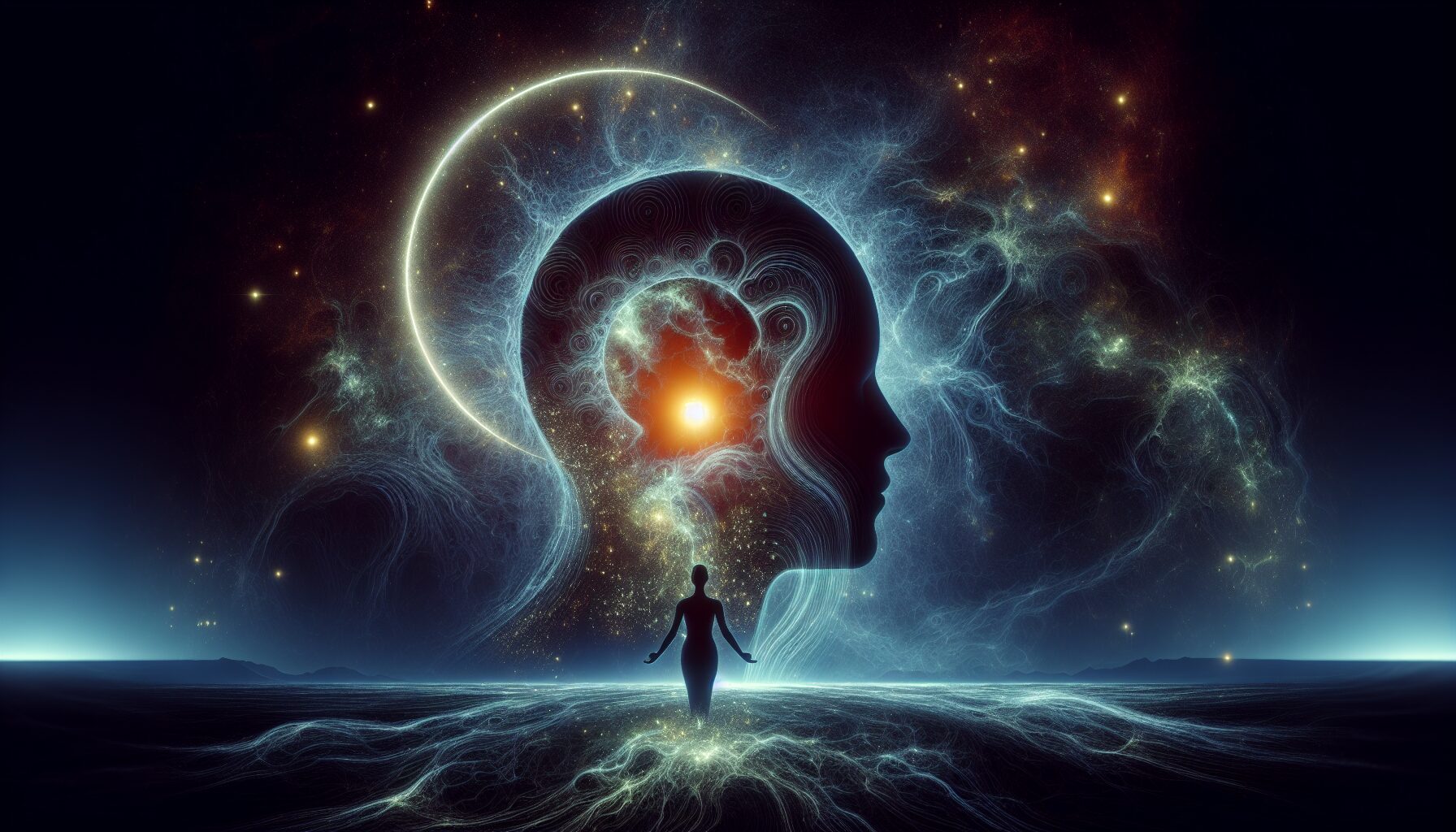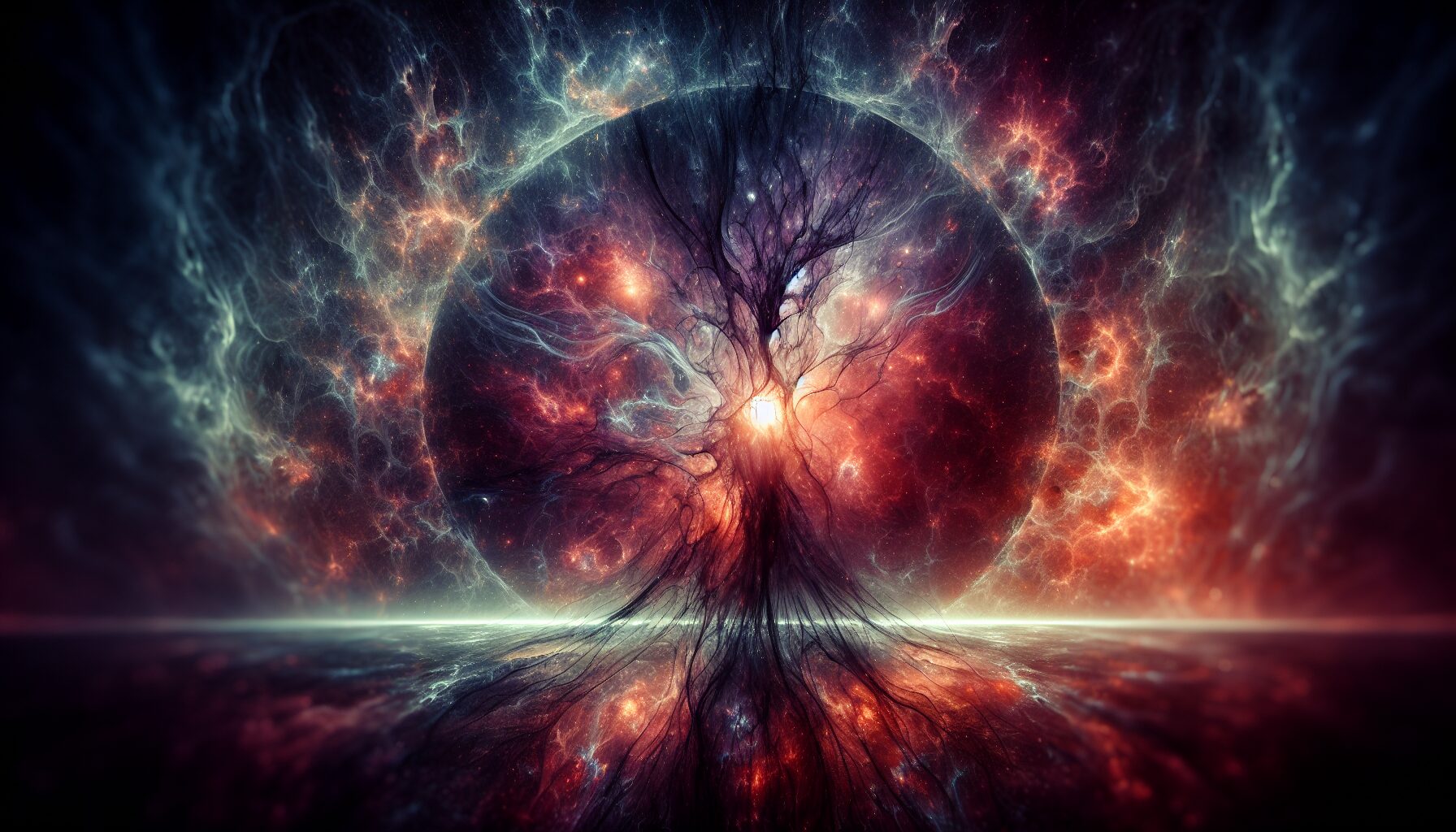Throughout history, darkness has been a muse shunned by the light of understanding, yet it captivates those willing to delve into its depths. While the world often embraces the luminous, the obscure shadows harbor a reservoir of inspiration that fuels creativity across the arts and sciences.
Darkness in Art and Literature
The allure of darkness in creative expression is an enduring theme. Romanticism, a movement that arose in the late 18th century, revered elements of the mysterious and the sublime. Edgar Allan Poe, often dubbed the master of the macabre, famously noted, “Deep into that darkness peering, long I stood there wondering, fearing, doubting, dreaming dreams no mortal ever dared to dream before” (source). This love affair with the dark allows artists and writers to explore the unknown and the emotions the light fails to illuminate.
“The dark does not destroy the light; it defines it.” – Brené Brown
Music and Melancholy
Music, too, finds a wellspring of creativity in the shadows. The genre of blues, for example, originates from the African American experience, characterized by themes of struggle, loss, and sorrow. Yet, it is these very themes that have birthed timeless classics and inspired countless musicians.
Radiohead’s frontman, Thom Yorke, touches upon the intertwining of darkness and creativity in music: “Artistic expression has a dark side… a yin-yang thing, a lot of art is about that struggle” (source).
The Science of Darkness
The muse of darkness is not constrained to the arts; it permeates the sciences, too. The universe itself is a testament to the intrigue of the dark: dark matter and dark energy compose approximately 95% of its total mass-energy content, yet they remain some of the most profound mysteries in astrophysics.
According to NASA, “We are much more certain what dark matter is not than we are what it is”. This scientific enigma continues to inspire researchers to probe further into the cosmos’s secrets (source).
Personal Growth in Shadows
Darkness, metaphorically speaking, plays a critical role in personal development. As existential therapist Viktor Frankl posited, “What is to give light must endure burning”. Life’s adversities and the shadowy corners of the human psyche prompt introspection and resilience. Psychologist Carl Jung recognized this, famously quoting, “In all chaos there is a cosmos, in all disorder a secret order”, highlighting the necessary balance of light and darkness in understanding the self.
Embracing the Obscure Muse
Embracing darkness as a muse means acknowledging the full spectrum of human experience. John Keats referred to “Negative Capability”, the ability “to remain in uncertainties, mysteries, doubts, without any irritable reaching after fact and reason” (source). In doing so, artists and thinkers open themselves to the relational dialogue between light and shadow, creating work that resonates with authentic complexity.
In our contemporary world, where technology and media often push towards artificial brightness, recognizing the artistic and existential value of darkness becomes an act of revolution and revelation. This perspective invites us to revisit the obscure muse not as a harbinger of despair, but as a source of profound beauty and insight.
Conclusion
As we revisit the obscure muse, let us appreciate the crucial role darkness plays in fostering creativity and wisdom. It is not merely the absence of light but a field of potential and inspiration. From the whispers of ancient shadows to the vast unknowns of space, darkness continues to beckon us toward discovery and creation.
In embracing the full spectrum of existence, we find that the obscure muse, once revisited, illumines paths unimagined, both within ourselves and beyond.

